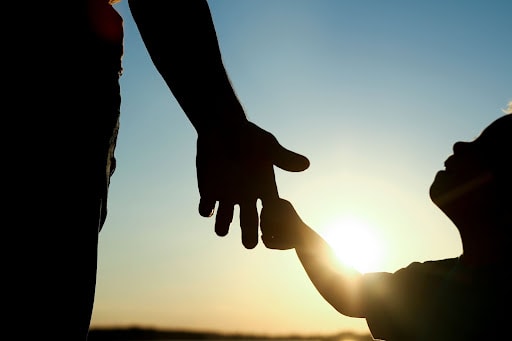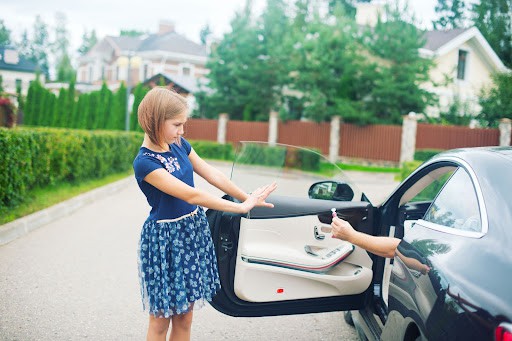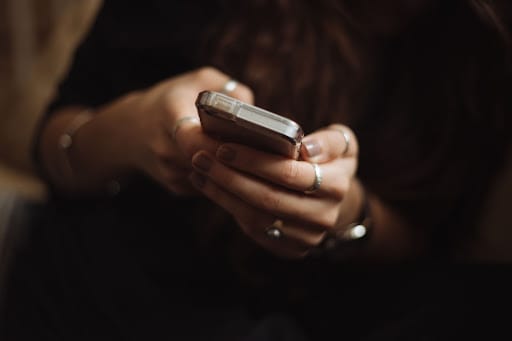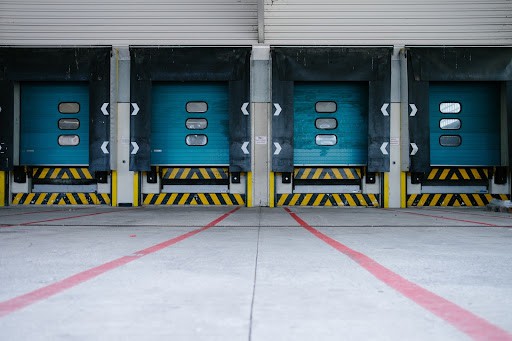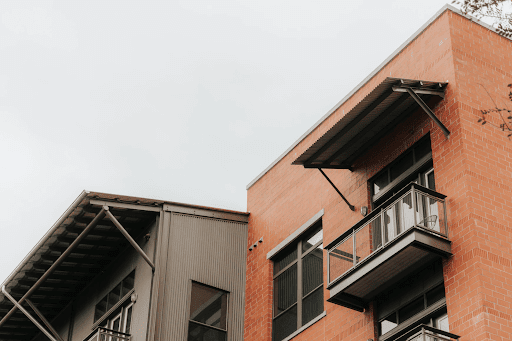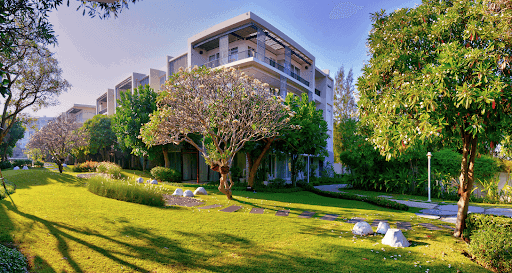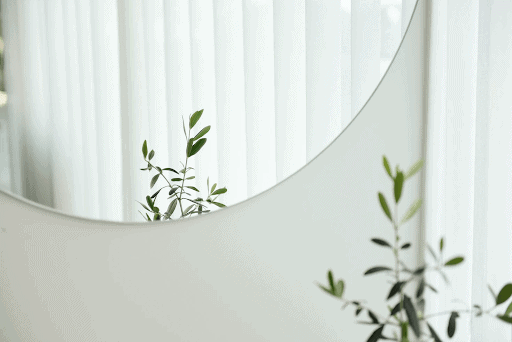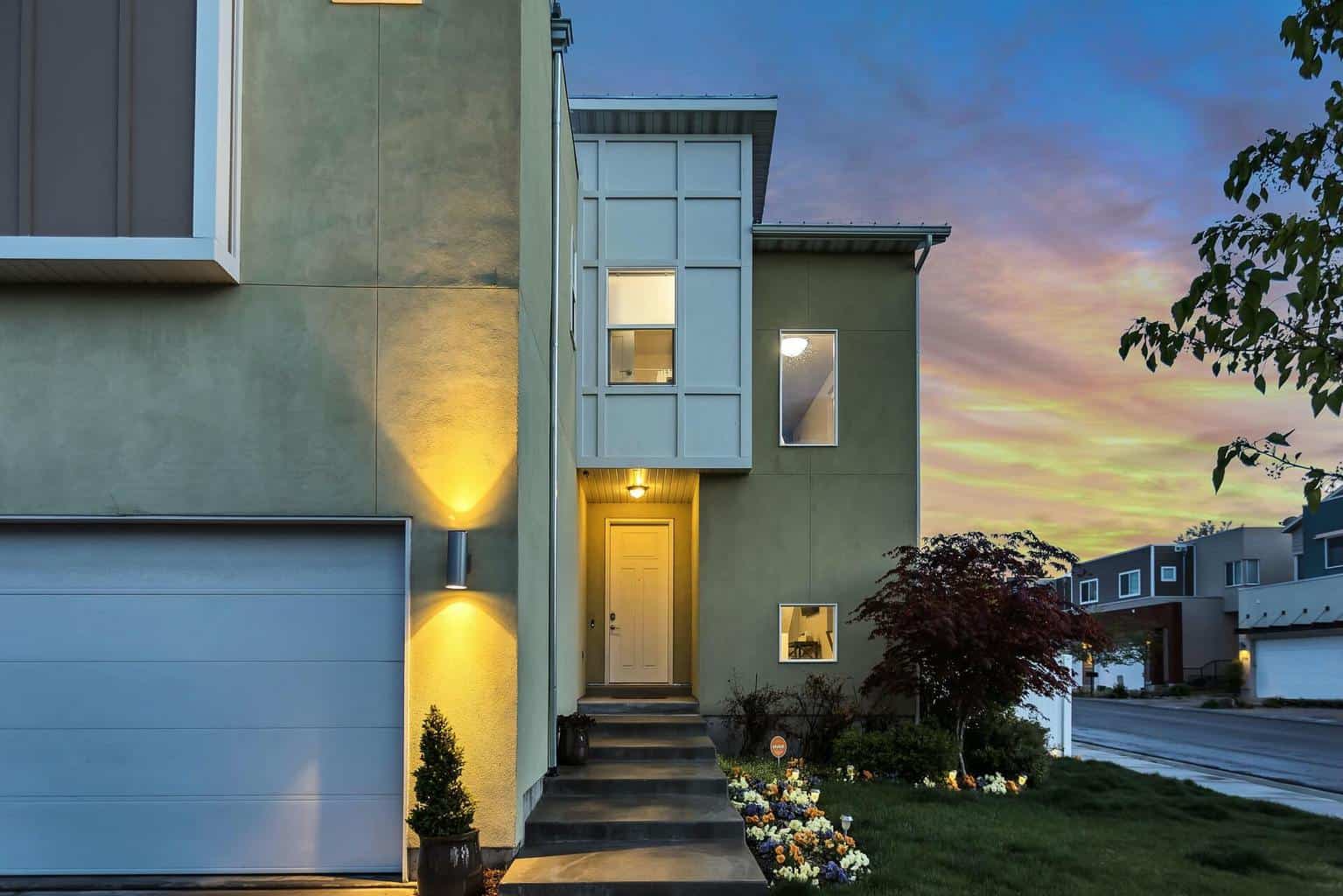Whether it’s your very first home or the next chapter in your business journey, moving to a new property can be exciting. However, we know the process of moving can also become overwhelming at times. Here at Pop-A-Lock, we want to offer you some peace of mind by providing a few tips on how to secure your new property after you move in.
Rekey ASAP: Rekeying your locks should be one of the first steps you take after purchasing a new property. There is no guarantee that a few extra spare keys aren’t floating around somewhere, which is why it is best to rekey your locks to ensure only you have access. Rekeying is a relatively simple process, and sometimes, you can even negotiate with your realtor to have the service completed before you move in.
Consider smart locks: In the process of rekeying, you may want to consider switching your exterior locks to smart locks. With common features like auto-lock, remote locking and unlocking, and passcodes or fingerprint readers, smart locks are a more convenient option for controlling who has access to your property. Remote locking and auto-lock are useful features if you or someone else forgets to lock up, giving you that extra peace of mind when you aren’t around.
Guard valuables with a safe: Keep valuables and other important documents protected in a safe. We recommend putting these items in a safe that only trusted people know about and have access to. Getting a safe that is rated against fire and water will also protect your items from the elements in the case of an emergency. Make the combination or passcode something you can remember but cannot easily be guessed by others, and do not write the passcode in a place where it can be found.
Consider a security system: In today’s world, security systems have become more affordable and common in many homes and offices. An alarm system and security cameras can help you keep an eye on your property and receive alerts if there is motion detected inside or around the exterior. With many camera options on the market, make sure to look at reviews and search for cameras with good night vision and motion detection.
Inspect all window locks: It’s important to remember that windows also serve as a point of access to your property. Whether it’s through an inspector or your own testing, make sure all windows lock properly and are securely closed. Window locks are also essential for keeping windows secure during extreme weather.
The bottom line
While moving locations can be stressful, you can count on Pop-A-Lock to be there for you when you need us. From rekeying to setting up cameras for a security system, if you need help securing your home or office – or find yourself locked out of it – call your local Pop-A-Lock or visit popalock.com.
Pop-A-Lock was founded in 1991 by local law enforcement officers who recognized the need for a mobile, on-site locksmith in their area. Since then, Pop-A-lock has grown to become one of the nation’s largest and most trusted local locksmiths, providing peace of mind to over 8,500 communities. In addition to automotive services, Pop-A-Lock also offers at-the-door residential and commercial services. To learn more, visit popalock.com.

